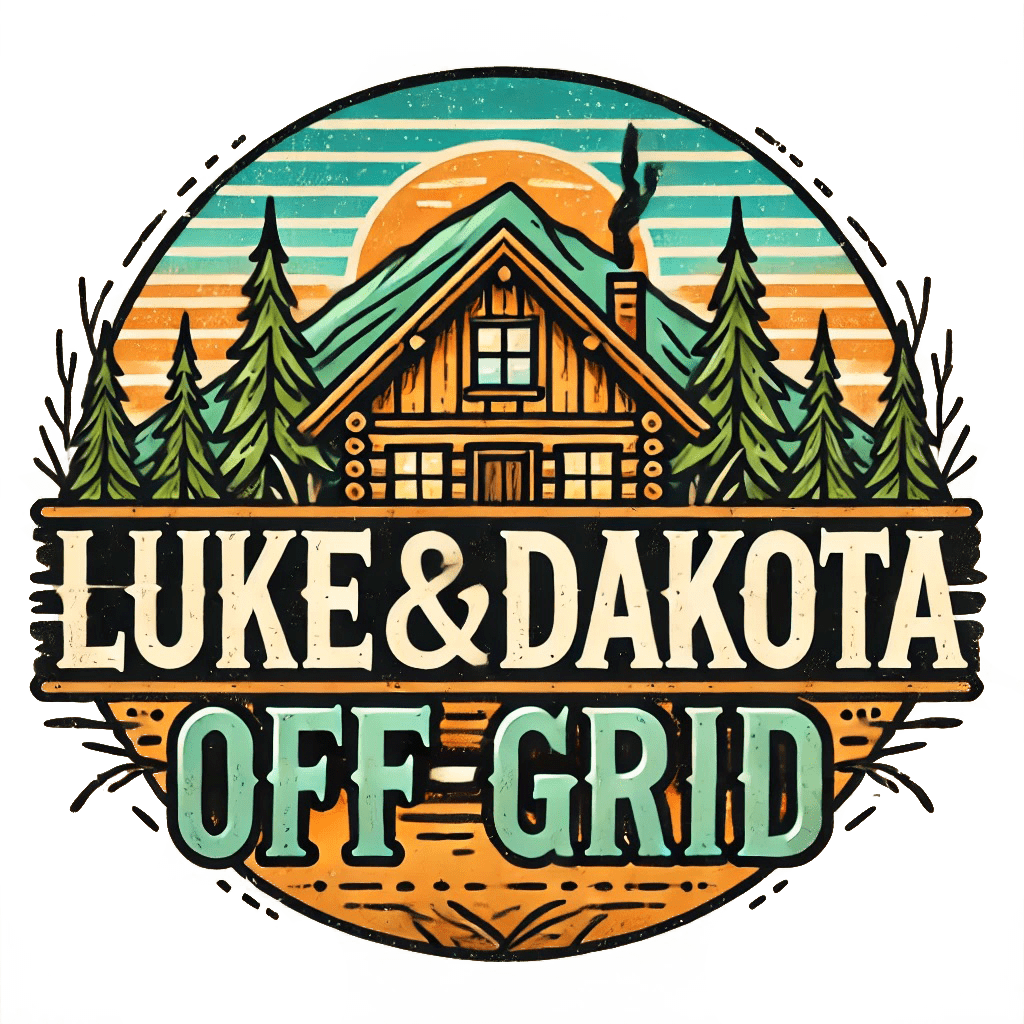A survival garden is one of the most important steps toward self-sufficiency. Whether you’re preparing for emergencies, reducing your reliance on grocery stores, or simply wanting a more sustainable lifestyle, growing your own food is a skill that can provide security and peace of mind.
This guide will walk you through everything you need to know about starting a survival garden, including the best vegetables for preppers, essential gardening techniques, and tips for long-term food storage.
Planning Your Survival Garden
Choosing the Best Location
The success of your survival garden depends on where you plant it. Look for a location that has:
- At least 6-8 hours of direct sunlight per day.
- Well-draining soil to prevent waterlogging.
- Protection from strong winds and potential threats like deer or rabbits.
If space is limited, consider raised beds, vertical gardening, or container gardening to maximize yield.
Soil Preparation for Maximum Yield
Healthy soil is the foundation of a productive survival garden. Avoid relying on synthetic fertilizers and instead focus on building nutrient-rich soil with natural amendments such as:
- Compost – Adds organic matter and improves soil structure.
- Manure – Provides essential nitrogen for plant growth.
- Mulch – Retains moisture and suppresses weeds.
- Wood ash and bone meal – Supply phosphorus and potassium for strong roots.
Watering Strategies for Survival Gardens
Water is a precious resource in survival gardening. Consider off-grid irrigation methods such as:
- Rainwater harvesting – Collecting and storing rainwater in barrels.
- Drip irrigation – A slow-release system that conserves water.
- Mulching – Reduces evaporation and helps soil retain moisture.
Choosing drought-resistant crops can also ensure a stable harvest in dry conditions.
The Best Vegetables for a Survival Garden
Calorie-Dense Vegetables
For true food security, growing high-calorie crops is essential. These vegetables provide energy and store well for long-term use.
- Potatoes – A staple survival crop, rich in carbohydrates and easy to grow.
- Sweet Potatoes – Nutrient-dense and highly resilient to different climates.
- Winter Squash – Long shelf life and high in vitamins.
Fast-Growing Vegetables
In an emergency, you need food fast. These crops mature quickly and provide rapid nutrition.
- Radishes – Ready in just 25-30 days.
- Leafy Greens (Spinach, Kale, Lettuce) – Provide continuous harvests of vitamins and minerals.
- Green Beans – Quick-growing and high in protein.
Protein-Rich Vegetables
For those reducing meat consumption or living off the grid, plant-based protein sources are crucial.
- Lentils & Chickpeas – High in protein and easy to store long-term.
- Peas – Grow well in most climates and offer a good protein source.
- Soybeans (Edamame) – Versatile, nutrient-dense, and excellent for long-term survival.
Vegetables That Store Well
Long-term food storage is critical for preppers. These vegetables can be stored for months without refrigeration.
- Carrots & Beets – Store well in root cellars.
- Cabbage – Can be fermented into sauerkraut for preservation.
- Onions & Garlic – Essential for flavoring food and have a long shelf life.
Perennial Vegetables
Unlike annuals, perennial vegetables regrow year after year, making them an excellent survival food source.
- Asparagus – Once established, it produces for decades.
- Jerusalem Artichokes – High in calories and extremely hardy.
- Rhubarb – Grows back every season with minimal maintenance.
Essential Gardening Techniques for Preppers
Companion Planting for Pest Control & Maximum Yield
Companion planting is a natural way to boost plant health, improve yields, and deter pests without chemicals.
- Beans & Corn – Beans fix nitrogen in the soil, helping corn grow better.
- Tomatoes & Basil – Basil repels pests and enhances tomato flavor.
- Marigolds & Vegetables – Marigolds deter harmful insects and improve soil health.
Seed Saving for Long-Term Food Security
Preppers should prioritize heirloom seeds over hybrid varieties to ensure future planting. Heirloom seeds can be saved and replanted each year, while hybrids may not produce viable seeds.
- How to save seeds:
- Dry seeds completely before storing.
- Store in a cool, dark place in airtight containers.
- Label and rotate seeds annually.
Natural Pest Control & Disease Prevention
Avoiding chemicals ensures healthier crops and soil longevity. Some effective natural pest control methods include:
- Neem oil spray – A natural insect repellent.
- Diatomaceous earth – Kills soft-bodied insects without harming plants.
- Crop rotation – Prevents soil depletion and plant diseases.
Preserving & Storing Your Survival Garden Harvest
Canning & Pickling for Long-Term Storage
Preserving food through canning and pickling extends shelf life significantly.
- Best vegetables for canning: Tomatoes, green beans, carrots, beets.
- Best vegetables for pickling: Cucumbers, peppers, onions, cabbage (sauerkraut).
Dehydrating & Drying Vegetables
Dehydration removes moisture, preventing spoilage.
- Build a DIY solar dehydrator for off-grid drying.
- Store dried produce in vacuum-sealed containers to extend shelf life.
Root Cellar Storage for Maximum Shelf Life
For long-term storage, a root cellar can preserve crops like potatoes, onions, and carrots without refrigeration.
- Keep temperatures between 32-50°F.
- Maintain high humidity for root vegetables.
- Store crops in sand, sawdust, or peat moss to prevent sprouting.
Final Tips for a Successful Survival Garden
- Start small and expand as you gain confidence.
- Rotate crops each season to maintain soil fertility.
- Keep a gardening journal to track growth patterns and best practices.
- Stock up on heirloom seeds to ensure future food security.
Is a Survival Garden Right for You?
A survival garden is an investment in self-reliance, sustainability, and preparedness. Whether you’re an off-grid homesteader, a prepper, or just someone looking for food security, growing your own food is one of the best ways to gain independence.
By selecting nutrient-dense, long-storing vegetables and using effective gardening techniques, you can create a thriving survival garden that provides fresh food in any situation.
Are you growing a survival garden? Share your favorite survival crops in the comments below!

